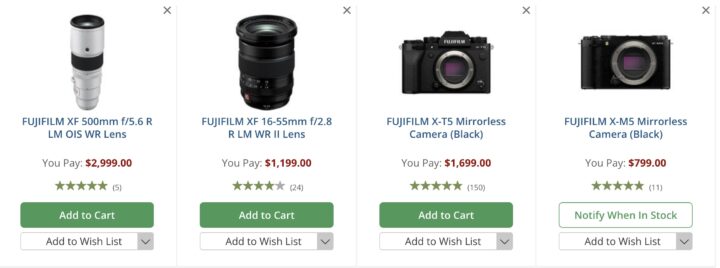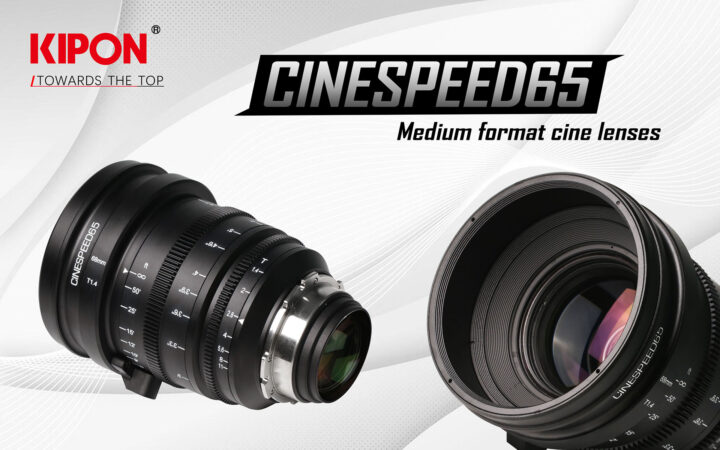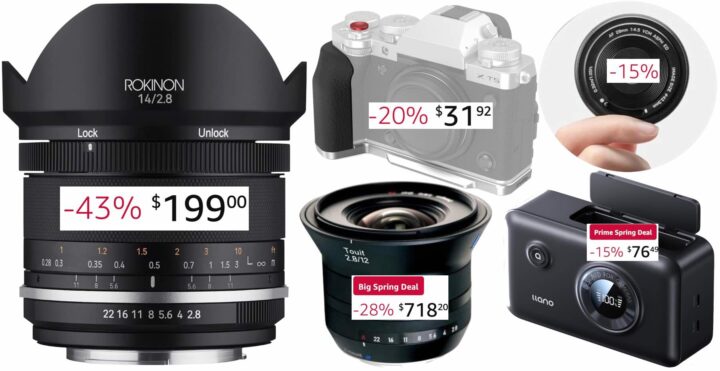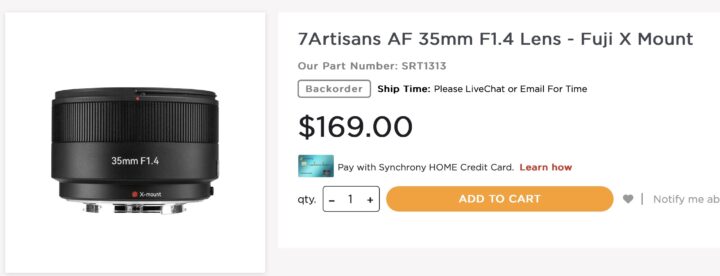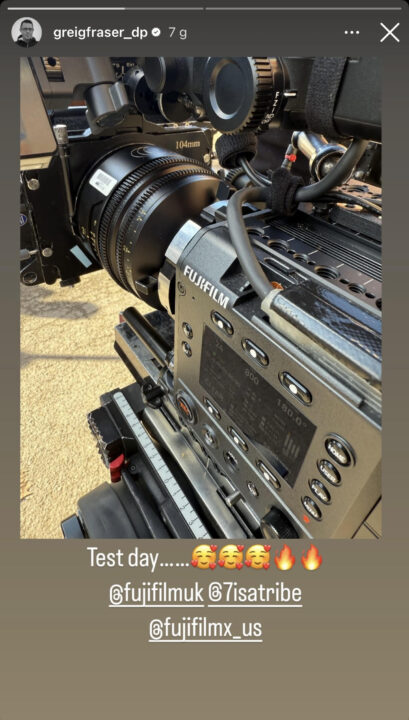XF500mmF5.6, X-M5, X100VI, X-T5, XF16-55mmF2.8 II Reviews and More – miXed Zone
We recently shared a comprehensive review/comparison of the Fujinon XF500mmF5.6 vs XF100-400mm for wildlife photography in this article called “Fujifilm Equipment for Wildlife Imaging: An Evolving and Compelling Choice for Serious Photography“.
- XF 500mmF5.6 R LM OIS WR
BHphoto / Amazon / Adorama - XF 100-400mmF4.5-5.6 OIS WR
BHphoto / Amazon / Adorama
Today I will share a few more reviews about the XF500mmF5.6, but also reviews about the Fujifilm X-M5, X100VI, X-T5, XF16-55mmF2.8 II and more.
It’s a rather massive miXed zone ;).

